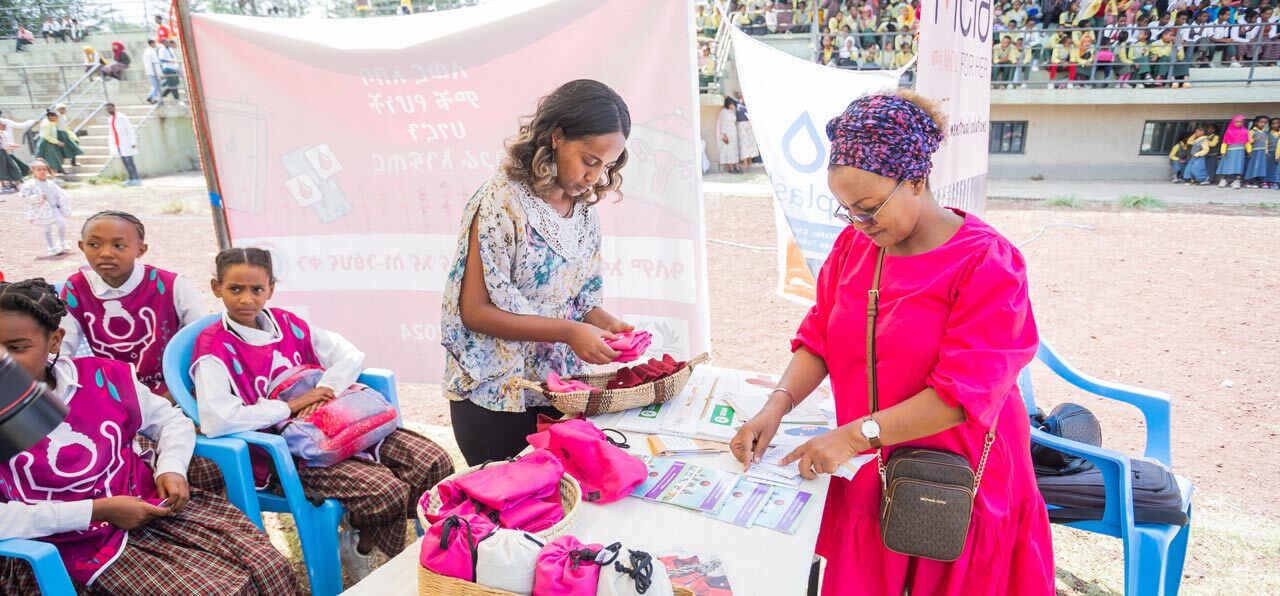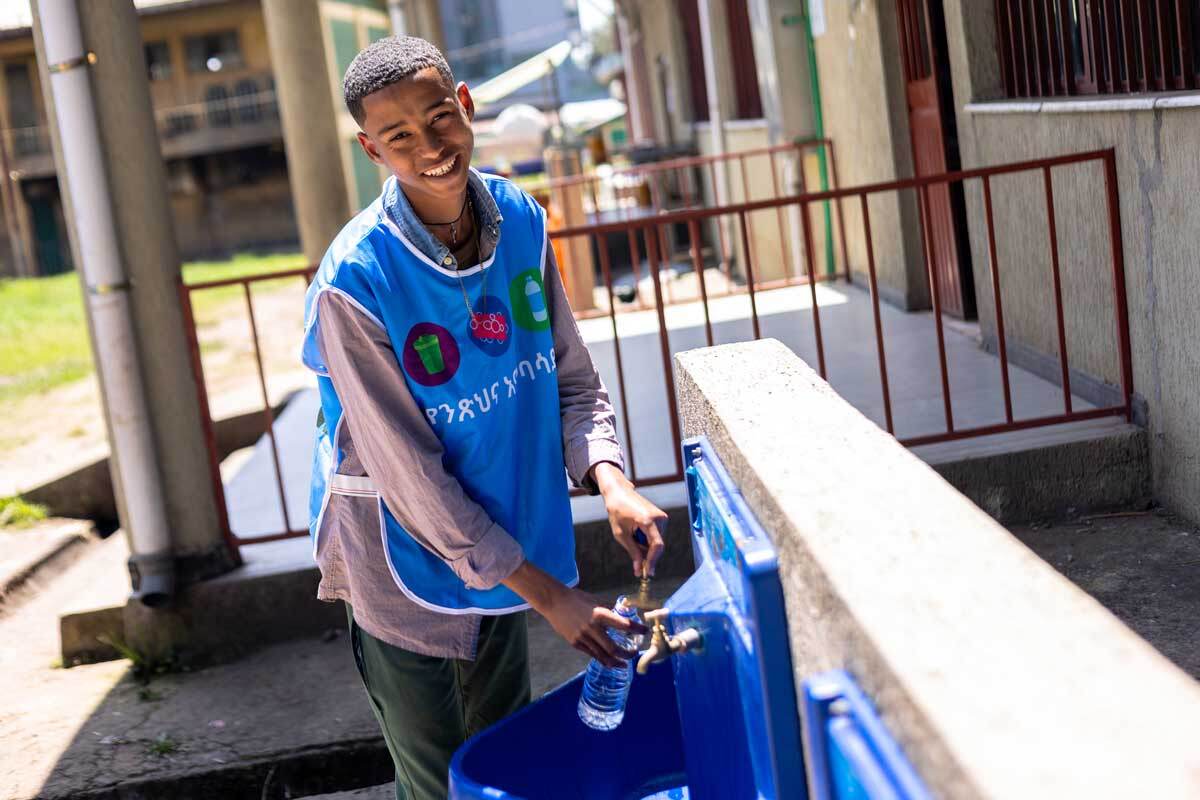Articles and information about Splash and the work we do.

January 10, 2024
Unveiling Unconscious Blind Spots A Story of Recognition and Respect
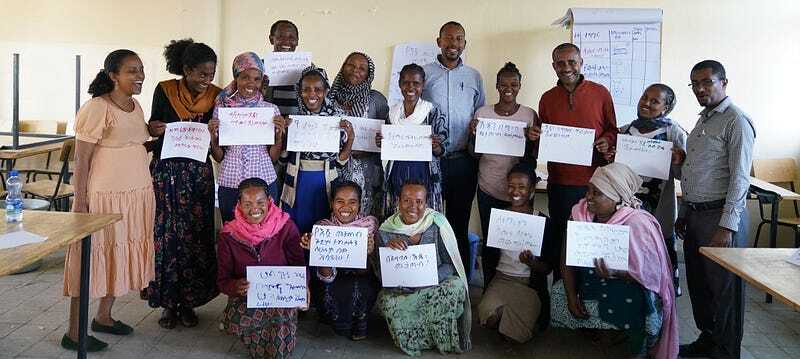
In December 2022, Splash’s Director of Behavior Change, Megan Williams, presented at the Social and Behavioral Change Communication Conference, sharing Splash’s journey in recognizing and addressing unconscious biases in program planning and implementation.
How many of us have experienced the familiar scenario of starting a new program with grand ideas, mapping out plans on whiteboards filled with strategies for stakeholder analysis, formative research, and behavior change methodology? It’s a common starting point, but what if buried within those plans lies an unconscious bias, omitting something crucial?
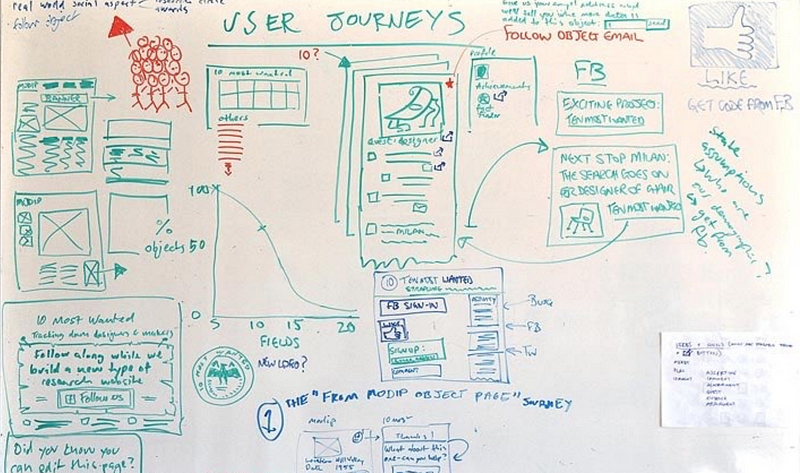
This is the story of how our team at Splash discovered a missing link that led us to a new path forward.
But first, let’s take a journey to a schoolyard in Addis Ababa. Stepping foot onto the grounds of a primary school during lunch, there are thousands of children running, playing, and filling the stairways of buildings. Their joyful spirit is palatable and the energy all-encompassing. Students rush to play with friends, get water and lunch, use the bathroom — it’s wonderful chaos.
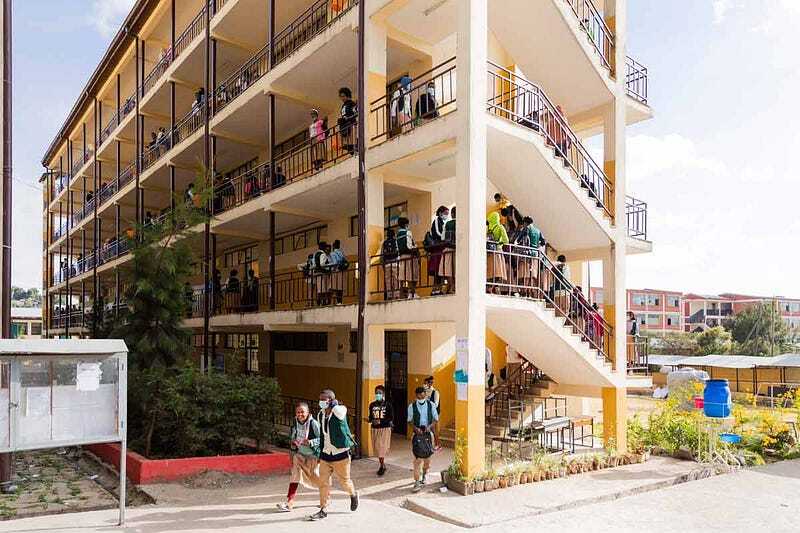
As the bell rings, and students return to their classrooms, a stillness resurfaces as that chaos falls to the ground.
But what we don’t always notice and we failed to notice were the people who step out next: dedicated janitors who are the first to arrive at school and the last to leave. Janitors, who are often the mothers of the students and work to ensure that children stay healthy.
Janitors, who take on the task that no one wants — cleaning the bathrooms. Janitors, who were a stakeholder we had missed on our whiteboard.
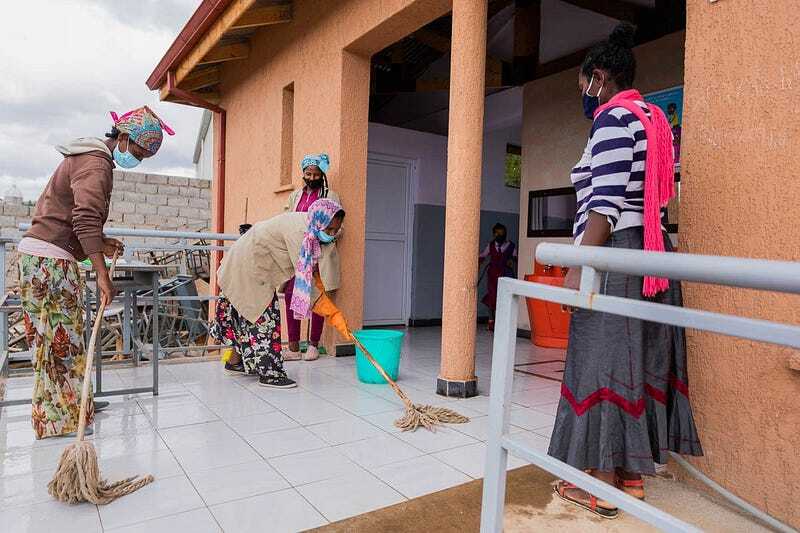
At Splash, we have bold goals. We believe all children deserve clean water, and our programs bring safe water, functional sanitation, health and hygiene education and resources, and menstrual health programs to kids in some of the world’s largest cities.
In order to achieve these goals, Splash is committed to move beyond pilots into large-scale impact.
Our first major program was securing safe drinking water across every orphanage in China. Today, we are working in partnership with the government of Ethiopia to reach 100% of all government schools in two major cities with full WASH services.
But, we understood that putting in water systems was not enough and would eventually fail unless we also addressed behavior change. To scale our programs, we need to bring about long term change and sustainability. While we followed the scientific approach of behavior centered design throughout program planning and implementation, we also held at the forefront four guiding pillars to help expand our white board, and to help us strip away our assumptions.
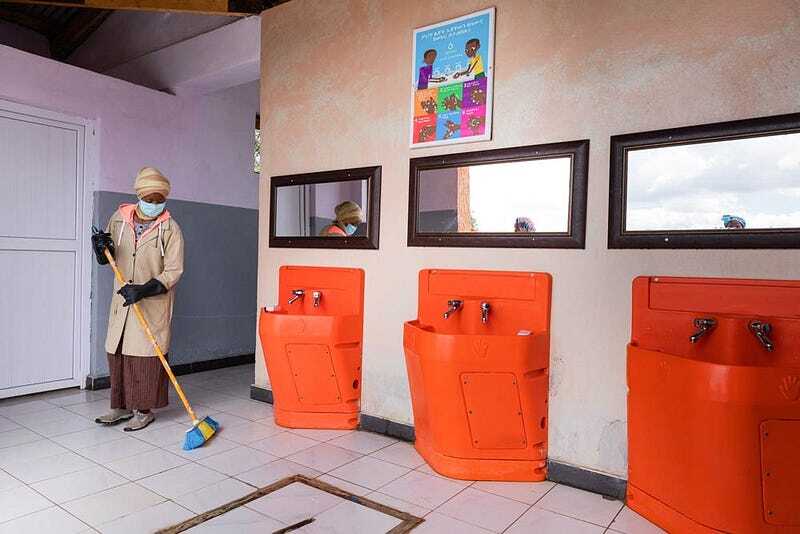
Pillar 1: Create a Culture of Curiosity and Creativity
Diving into data is natural, but at Splash, we cultivated a culture that embraced negative results with curiosity, not shame. After implementing our project in Ethiopia, we looked at our results. We found that 64% of students at Splash schools washed their hands with soap after using the toilet. This is much higher than an average school in Ethiopia. But, we also found that only 38% of sites had soap available at their handwashing stations.
Instead of feeling defeated we took a step back and examined this negative result by digging in. We interviewed leaders where schools were excelling, asking the question, what were they doing that was different? We visited schools that were struggling to observe daily patterns to understand if there was something we were missing.
What we discovered was a crucial stakeholder not just for soap availability, but also maintenance and cleanliness of infrastructure: janitors.
While to some of you, it may seem obvious, but for us — we had a blind spot.
Which brings us to our second pillar…
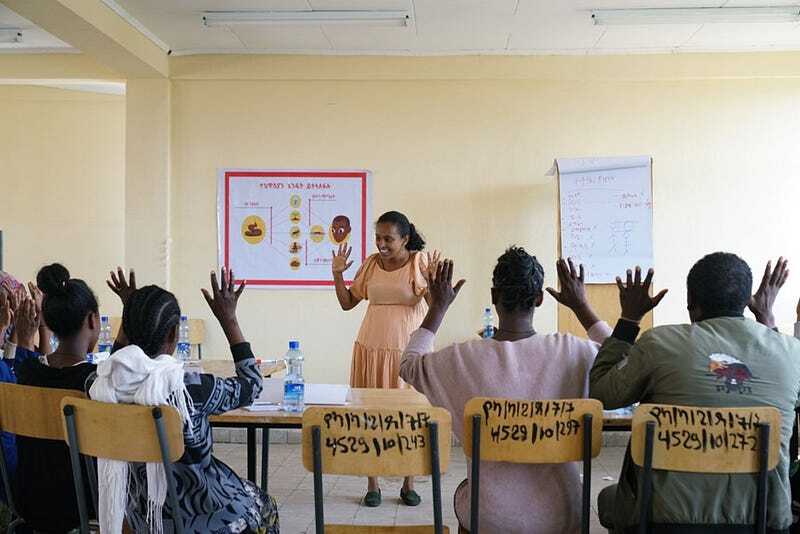
Pillar 2: Listen
We spent months asking questions and listening to understand the daily life, values, motivation, and challenges that janitors experience. They identified the value of a teacher in students’ lives, but didn’t acknowledge their own. Despite feeling undervalued and lacking formal training, they had a deep care for students. In fact, many of them had children who attended their school.
When asked how they would motivate their peers, janitors mentioned encouragement with words and recognition, building team spirit through working as a team, and having a supportive boss that proactive asks how they can help improve the working conditions.
Recognizing them as key partners, we involved janitors from various schools in the design process for a pilot program.
We brought together janitors from multiple schools so they could share and teach each other. We also distributed safety materials, worked with school administration to ensure adequate budgeting for janitor pay and supplies, and created a platform of recognition from within the school community.

Pillar 3: Plan for Wide-Scale Impact
Scaling our janitor program city-wide was our next challenge. The goal was not just embedding this program in schools, but the opportunity to create systematic transformation.
We went from working with 29 janitors in three schools, to 1,181 janitors in more than 300 schools. This does more than increase the likelihood of embedding this program within the entire school system; it has the potential to reach the broader community.
Imagine for a moment, the janitors, teachers, and students all attending one school. They are all a part of the surrounding community. Now if we pan out, the potential becomes clear. Each of these schools are nestled within a neighborhood and in most cities, schools are situated right in the greatest pockets of poverty — so by staying committed to scale, the impact can go far beyond the walls of the school itself and towards a movement of social change.
And that requires commitment.
Pillar 4: Commitment
Sustainable behavior change is challenging, and our final pillar involves ongoing efforts to ensure lasting impact. We must invest resources into creating change.
Splash maintains partnerships with governments, the private sector, and local organizations, who are poised to take over program implementation so that Splash is no longer needed. Until then, continuous monitoring, learning from data, and adapting our approach remain crucial.
Returning to the same schoolyard from earlier, the voices of students now resonate with recognition and gratitude for the janitors.
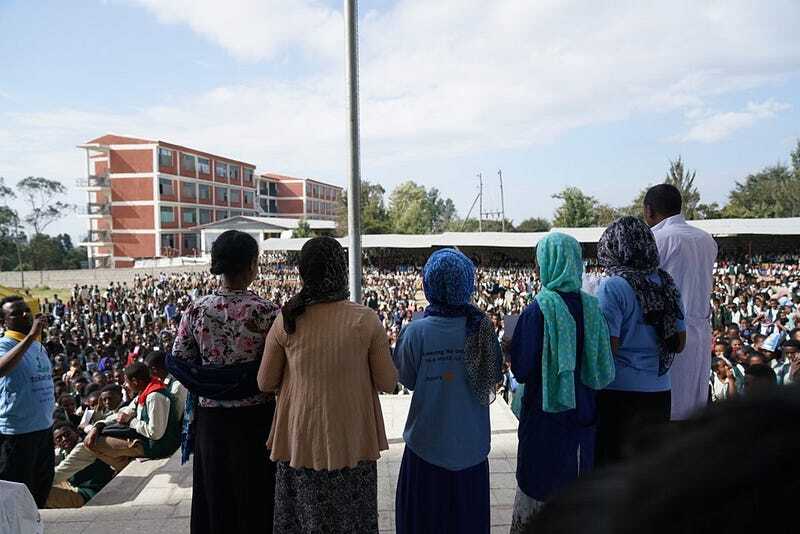
By following these pillars, we humbly explored potential blind spots, designed a program with respect and curiosity, and empowered janitors as crucial partners in the city-wide effort to improve children’s health.
So at Splash, we challenge you to revisit your whiteboard. Who or what might be missing? Embrace curiosity, break down biases, and strive for inclusivity in your journey toward lasting impact.
